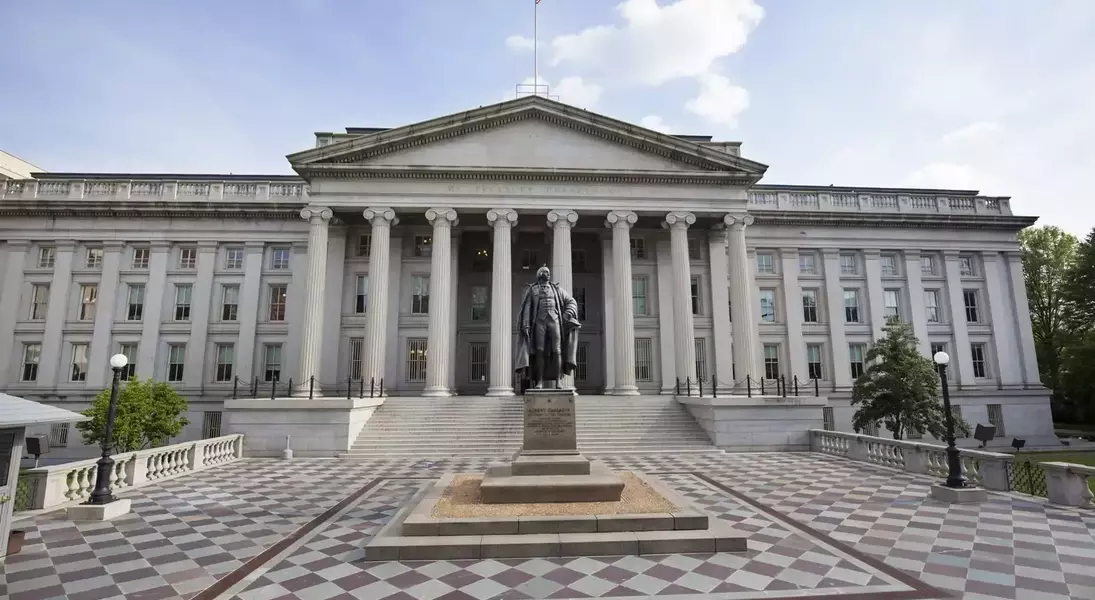
Despite initial concerns, foreign investors have maintained strong interest in U.S. Treasury securities, dispelling fears of a widespread sell-off that could negatively impact American consumers. Recent Treasury Department figures indicate substantial net capital inflows exceeding $300 billion in August and September, signaling continued confidence in the stability of U.S. debt markets. This sustained demand plays a crucial role in preventing a surge in interest rates, which would otherwise lead to higher borrowing costs for mortgages, auto loans, and government financing. Analysts emphasize that this robust demand, particularly from private foreign investors, demonstrates a resilient appetite for U.S. assets.
While the U.S. dollar remains a dominant global currency, a parallel trend of diversification is observed, as global investors explore opportunities beyond American markets. Emerging market bonds and equities are experiencing significant gains, with some Asian, European, and South American nations becoming increasingly attractive investment destinations. Concurrently, central banks worldwide are diversifying their foreign exchange reserves, notably increasing their gold holdings, which has contributed to a rally in gold prices. However, experts note that this diversification primarily represents a strategic adjustment rather than an outright abandonment of the dollar, as investors continue to seek safe havens and growth opportunities across various asset classes.
This ongoing dynamic highlights the complex interplay of global finance, where the U.S. Treasury market's enduring appeal coexists with a broader movement towards asset diversification. The resilience of foreign investment in U.S. bonds provides a strong foundation for the American economy, fostering a stable financial environment for individuals and the government alike. The ability of the U.S. market to attract and retain international capital, even amidst evolving global economic landscapes, underscores its perceived strength and reliability.
